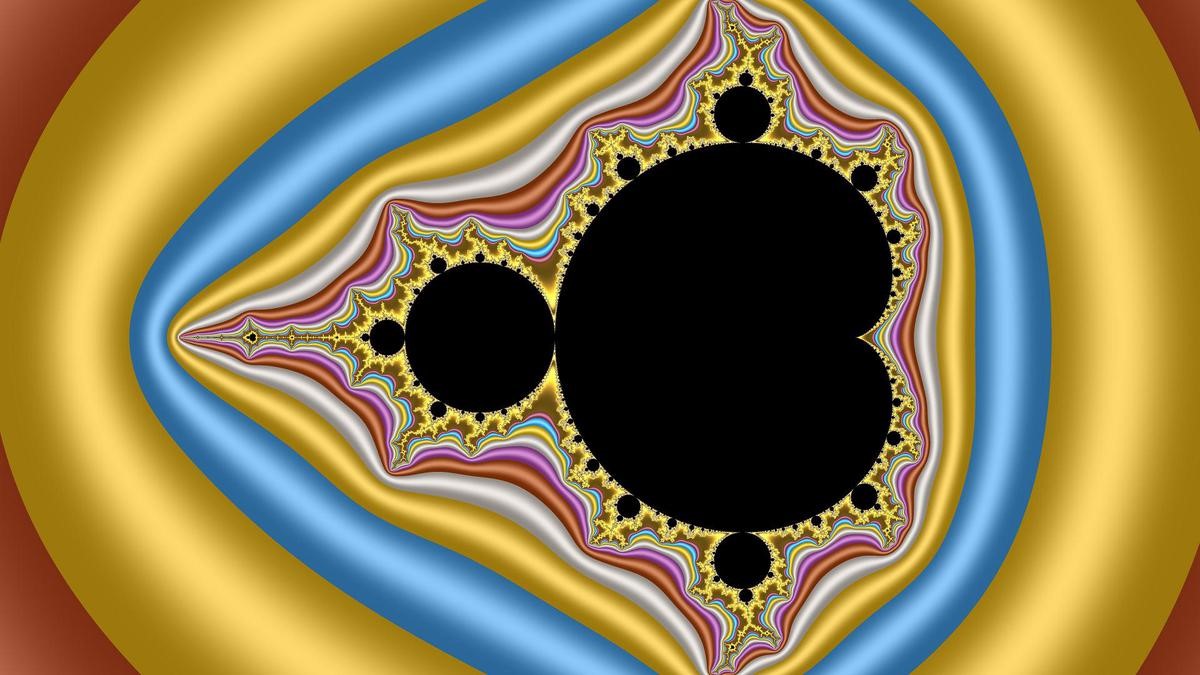Free Courses Sale ends Soon, Get It Now


Free Courses Sale ends Soon, Get It Now



Disclaimer: Copyright infringement not intended.
Context
The utilization of fractal geometry in understanding the quantum realm introduces a unique perspective into the study of quantum systems in non-integer dimensions.
Details
Fractal Dimensions in Quantum Systems
Fractality and Quantum Behavior
Fractals in Nature and Quantum Realm
Understanding Fractals
Types of Fractals:
Applications of Fractals:
Exploring Fractals:
Conclusion
The integration of fractal geometry into the study of quantum systems provides a different lens through which physicists can analyze and interpret quantum phenomena in dimensions that deviate from classical integer values. This approach not only aids in understanding quantum behavior but also finds applications across diverse scientific domains, offering valuable insights into natural processes at both macroscopic and microscopic levels.
|
PRACTICE QUESTION Q. Discuss the significance of fractals in modern science and their applications across different disciplines. How do fractals offer a unique perspective in understanding natural phenomena and technological advancements? Illustrate with relevant examples. (250 Words) |
© 2024 iasgyan. All right reserved